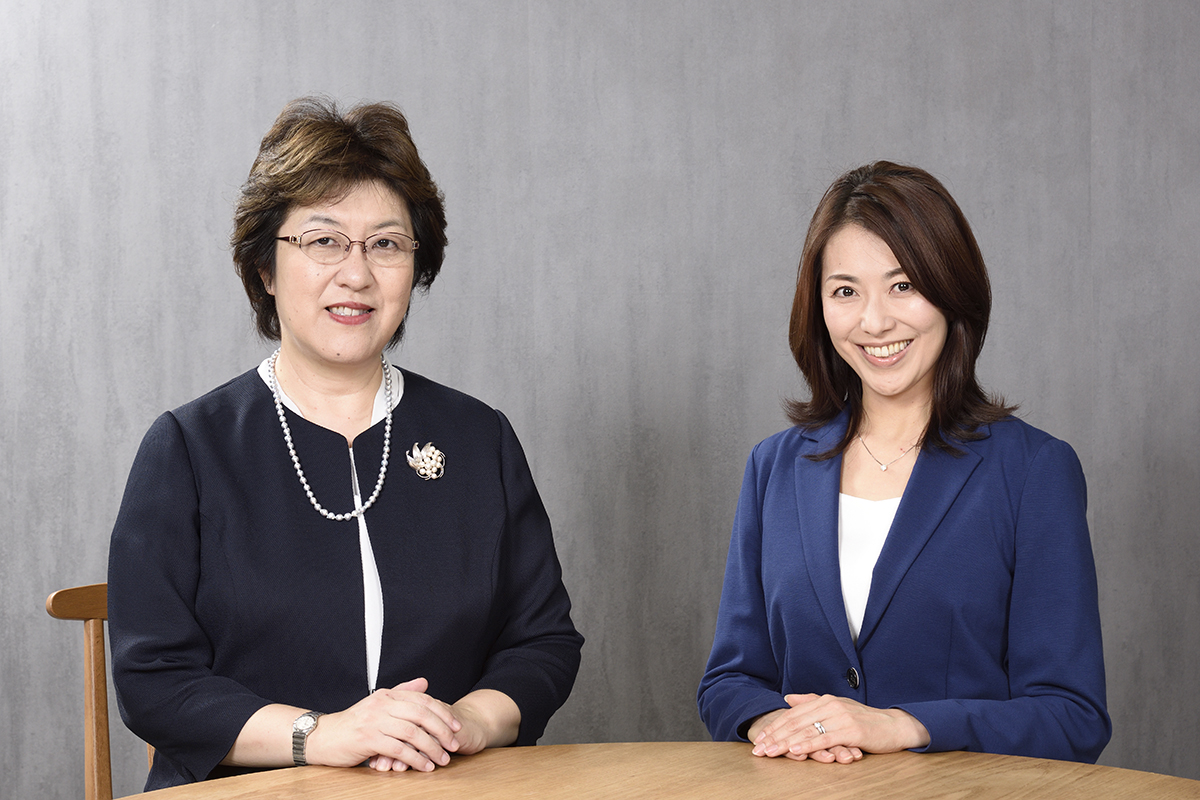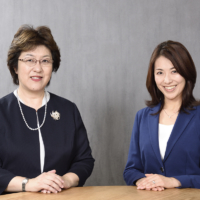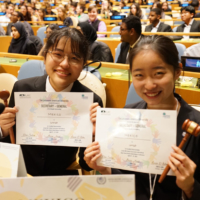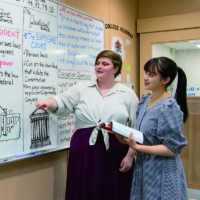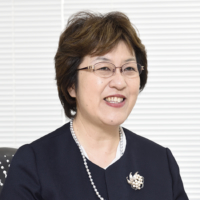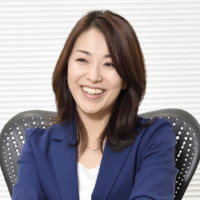In line with the globalization of Japanese education promoted by the government, Japanese universities are opening up to the world by creating programs that do not require Japanese language skills to earn degrees. There are also many programs and partnerships offered by universities to support student entrepreneurship.
Japanese elementary and secondary education, which excels in teaching essential academic skills, as well as developing social and cooperative skills, is also working to foster independence and individuality, while seeing an enhanced presence of international and prestigious boarding schools in recent years.
In an interview with The Japan Times, Shibuya Junior and Senior High School Principal Itsuko Takagiwa and the Sapix Yozemi Group’s Global Education Division Director Shino Takamiya shared their thoughts on how Japanese education is changing and what options there are for children from both Japanese and non-Japanese families in choosing schools.
What are the major differences between education in Japan and elsewhere?
Takagiwa: In recent years, the government has made early childhood education free. Japanese education is characterized by a system of guaranteeing uniform education in preschools, elementary schools and junior high schools across the country so there is as little economic impact on households as possible. A strong focus on social development is another notable factor.
For example, preschool education starts with teaching proper ways of greeting, how to take care of themselves, such as taking off their shoes, folding clothes after changing into play clothes, and organizing things. In most elementary schools, students eat the same lunches that schools provide and clean up classrooms and other school facilities. At some elementary schools, older students lead groups of younger pupils on the way to and from school.
Takamiya: Some parts of Japanese culture have seen renewed appreciation in modern times. In the field of sports, we see many news reports about how tidy Japanese national teams keep their locker rooms and fans cleaning up the stands. Many tourists speak about how impressed they are with Japanese ways of doing things. I think that these results are a testament to our Japanese education system that Ms. Takagiwa just explained.
On the other hand, in the United States, where I spent much of my childhood, education is a business just like medical services. That is why we see many educators having master’s or even doctorate degrees in the primary and secondary education sector. They are adept in presenting themselves and expressing their individuality. Naturally, they can help students do the same — bring out their individuality. Teachers not only accept students’ mistakes, but also tell students repeatedly that “mistakes are good” because that is how students will work their way to become who they want to be. Accordingly, their education is characterized by ample freedom and flexibility.
This is essentially different from the conventional Japanese education based on a demerit system where students are expected to achieve certain goals and making mistakes will only hinder their achievements.
Takagiwa: Freedom is actually very demanding. No one is going to make a decision for you. You have to make your own choice. So, if we say that no mistakes are allowed in making your own choices, it is not real freedom. I think American schools encourage mistakes because fearing mistakes stifles the freedom students need to foster their individuality. On the other hand, in Japan, there is this strong pressure to identify causes of mistakes and reflect on them.
Have you noticed any recent changes or improvements in Japanese education?
Takagiwa: There has been a move to introduce a new concept of learning to conventional education, which has relied almost entirely on the demerit system. The reason why this system has been dominant is because teachers have always known all the answers to the questions and the goals for learning. Anything that contradicts the existing answers or falls short of the goals has been subject to demerits.
In recent years, the Ministry of Education, Culture, Sports, Science and Technology has incorporated inquiry-based learning in the national curriculum guidelines that all schools providing elementary and secondary education are expected to follow. For this type of learning, there are no common, fixed goals for everyone. A teacher’s job is to think what would be an appropriate goal for each student and try to evaluate the growth of each student based on the student’s achievements, not based on the teacher’s own standards.
The fact that teachers are struggling to make this change is a sign that Japanese education is at a major turning point.
Takamiya: Having spent most of my childhood years abroad and having been educated in various countries due to my father’s career as a diplomat, I find Japanese education, especially the secondary level, more meticulous than in most other countries — something we can take pride in. There are many aspects that other countries can learn from. But if we look at university rankings, Japanese universities are struggling to break into the top ranks. Despite recent efforts to reform the entrance exam system and take more multifaceted and holistic approaches to evaluating students’ abilities, it seems we need more drastic measures to get in line with the rest of the developed world.
How does the Japanese university education fare in terms of cost?
Takamiya: One of the reasons why Japanese universities are not ranking higher than they are is because the criteria for university rankings do not include tuition.
In the rest of the advanced countries, as well as some of the emerging ones, education is costly and the price you pay often correlates with what you get. On the other hand, education in Japan is affordable and highly cost-effective generally across the board from elementary to higher education, whether public or private, compared with other countries.
Providing something of a high quality at a low cost should be considered a strong advantage, but it seems otherwise in the rankings.
Takagiwa: There is a history behind why the education in Japan is cheap. After World War II, education was positioned at the core in rebuilding the nation. The Japanese government established a national university in all 47 prefectures, each one offering at least the department of education and the department of medicine, investing tax money to provide the same education nationwide. This policy also limited the freedom of private schools. To ensure everyone the benefit of the same education, the government created a national standard, which has been updated and used to date, and expected all schools, including private ones, to follow it at least to some extent, providing financial assistance in return.
Still, private schools are more costly but have more flexibility than public schools. I think that the national curriculum guideline is actually well-designed and not too far from the International Baccalaureate Primary and Middle Years and Diploma Programmes, in principle, and if schools are willing to make some changes to their existing curriculum, they can provide education that is aligned with those international baccalaureate programs, giving students broader opportunities.
How should we choose schools at the elementary and secondary levels? What are the choices for children from abroad?
Takamiya: In my case, I did not have much of a choice because my father was trotting the globe on diplomatic missions and I went to any school that accepted me wherever we were, only to stay there for a few years. I went to a public school in advanced countries and to an American school and other international schools in developing countries. This was back then. We now have so many options when it comes to educating our children. At Triple Alpha, a company I manage that supports students wishing to study at boarding schools abroad, we advise families to consider what is best for their child. Finding the “Best Fit” school for our students is one of our core values.
“Best fit” doesn’t just apply to the level of academic performance. It is about what is best for each child to realize what he or she wants to do, and it requires a great deal of communication between the parents and child to find that out.
We see many opportunities for our students in Japan to take part in international education. In addition to existing public and private schools in Japan, as well as well-established international schools, such as the British School in Tokyo, an affiliate of Shibuya Junior and Senior High School that was founded in 1989, we have seen U.K. public schools and international schools being launched, such as the Harrow International School in Appi Kogen, Iwate Prefecture, and more schools scheduled to open this year, such as Malvern College in Kodaira, Tokyo, and Rugby School in Kashiwanoha, Chiba Prefecture.
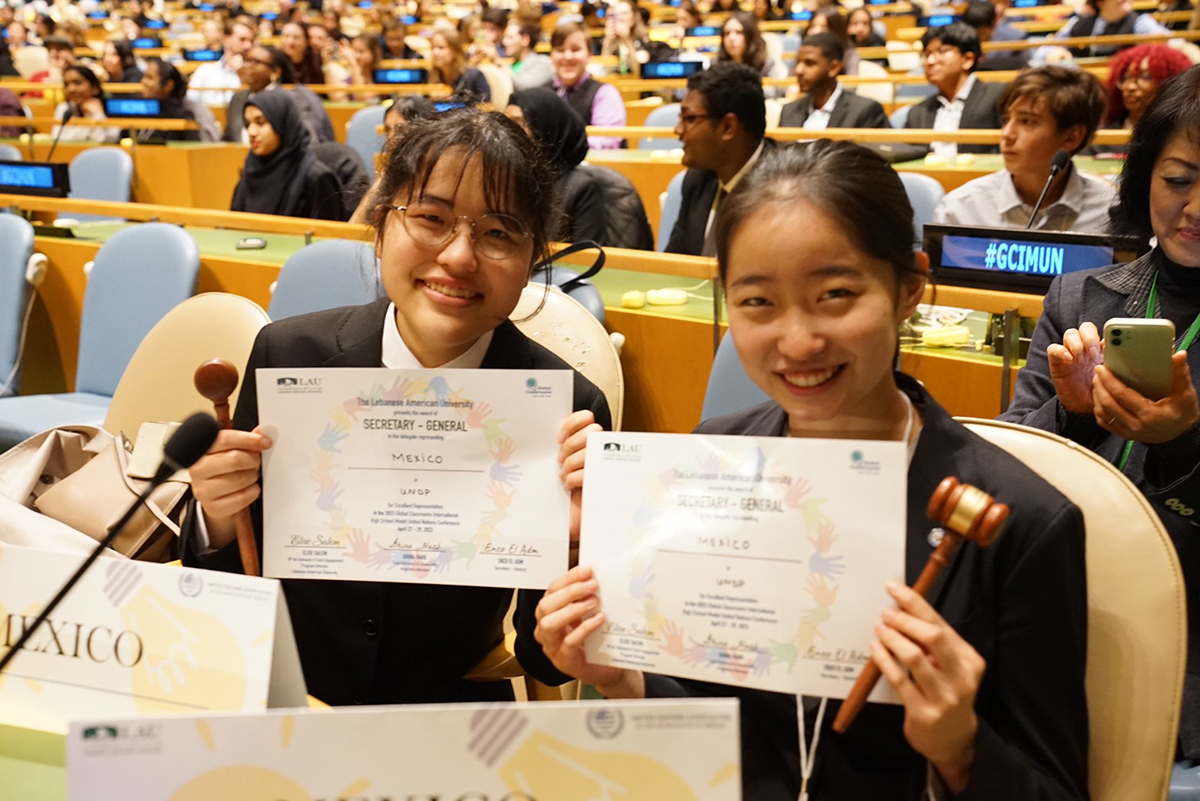
Takagiwa: Studying for the entrance exams for private junior high schools in Japan is also a process of finding the best fit. The best time to learn the basics of all subjects, forming a habit of studying every day, and gaining the basic skills of learning, such as reading, is said to be during the six years of elementary school and the first two years of junior high. Choosing to go to a private junior high school and studying for the entrance exam means that you are doing exactly what you need to do at the most effective time.
In addition, students’ developmental process of three years of junior high school and three years of high school are more connected than that of six years of elementary school and three years of junior high school. Therefore, it makes sense to think and decide how you want to spend the six years of junior high and high school before graduating from elementary school.
When choosing a school in Japan, you tend to focus mostly on their academic level and choose the best one that your score allows. However, whether you are good at learning from textbooks or not, which has to do with recognition, is only a small part of human ability. Many parents are aware of that, and they care a great deal about what kind of schools can maximize their children’s noncognitive abilities, such as self-affirmation, creativity, resilience, concentration, leadership and self-discipline.
Being a safe and economically and politically stable country, we have many international schools and are attracting more, adding more options for both domestic and international students to choose from. One of the ways to decide which school out of public, private and international schools is suitable for your child would be to foresee how many years your child might spend in Japan not only while you are here, but also further into the future.
What are the major improvements necessary to make the Japanese education more open and foster youths who can pursue international careers?
Takagiwa: Developing a rich curriculum for Japanese as a second language, or JSL, for elementary and junior high school education is a must.
It is a national policy to increase the number of degree programs that are conducted only in English, but many of the existing English-taught programs at various universities in Japan are targeting only foreign students who want to study in Japan. They should be more open to domestic students, too.
Another change that we observe is that many of the top universities, including the University of Tokyo, are encouraging and supporting students’ entrepreneurship with an aim to creating not only new businesses, but also new ways of working. If this is the national policy, junior high and high schools must also shift in that direction.
In addition, these improvements should be implemented in schools across the nation, not just in big cities, and further efforts by the national and municipal governments are necessary to increase options for schools in rural areas to offer equal opportunities.
Takamiya: It is also absolutely necessary to improve the English proficiency of students in Japan. From the perspective of students and families, the time constraints mean it is essential to act quickly or rely on private-sector expertise if we need to make a rapid change. It would be nice to see more schools in Japan flourishing, such as Shibuya Junior and Senior High School, that are committed to providing world-class education with a high-level English-language curriculum.
What is the importance of studying abroad or having international experiences during elementary, junior and senior high school?
Takagiwa: For a long time, taking entrance exams for Japanese universities has been a rite of passage for many students. However, now that these exams are changing, the rites of passage can be more diverse. One of them could be going out to the world and getting to know what is normal at home is not normal in other parts of the world.
Everything that happens around you may be within your expectations in your daily life and everything may just flow without you making your own choices, but once you are in a different culture and environment, you need to ask and confirm how to do even the smallest of things and you need to do that in a foreign language. This is an important process for gaining independence, which gives you confidence to make your own decisions.
However, there is something that is very important you need to learn before setting out for your adventure — to respect other cultures, especially things related to religion and gender. It is something that the Japanese education has not been so good at. Another thing that will help you when you go abroad is to learn not only how to say a certain thing in English, but also how to make yourself understood. In our school, we ask English teachers to focus on the basic rules of communication in English, such as coming right to the point instead of starting from peripherals as is common when communicating in Japanese.
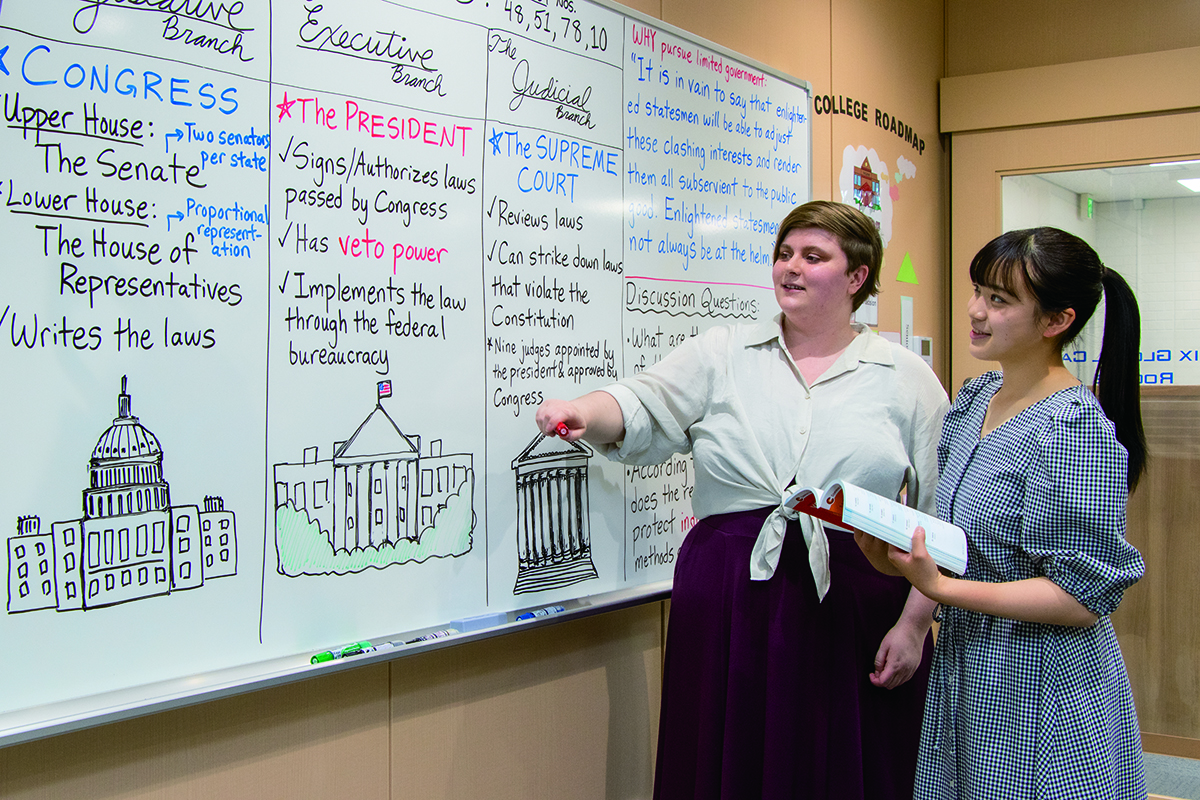
Takamiya: I had about 20 classmates, all of them with different nationalities, in an American school I went to in Khartoum. Everyone knew how to show pride in their own country and culture as a form of intercultural communication. I would learn about Sudanese culture from my Sudanese friend, Indian culture from an Indian friend, and so on, and they all seemed to discern their own culture with deference. I, on the other hand, had been told not to speak too much about myself because according to my mother, it is a virtue as a Japanese person to not express oneself openly. This backfired one day when my teacher said to my parents, “I have no idea what Shino is thinking in class; she does not speak up — why is this?” This was a wake-up call, not just for me but for my parents as well. This was the beginning of my cherishing of many bittersweet yet interesting, invaluable experiences from interacting with people from various cultures.
Studying abroad is merely one of the options for exploring parts of the world you have not seen before. Going out in society is just as important to learn about the world outside of classrooms. A simple example is, many children in the United States start to learn at an early age that by having part-time jobs such as babysitting or tutoring, they are already contributing to society. This surely is a natural and an ideal way to enter society while broadening their perspectives.
Itsuko Takagiwa
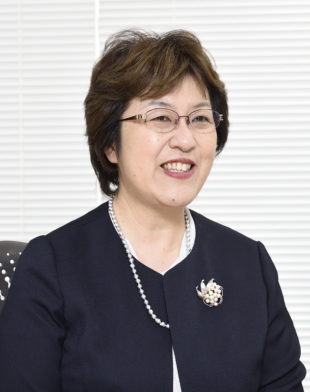
Graduated from the Department of Mathematics, Faculty of Science and Technology, at Keio University in 1989. Having started as a mathematics teacher, she has dedicated her career to education. She became the vice principal of Shibuya Junior and Senior High School in Tokyo in 1996 and was appointed vice principal of Waseda Shibuya Senior High School in Singapore in 2008. She has been the principal of Shibuya Junior and Senior High School since 2022.
Shino Takamiya
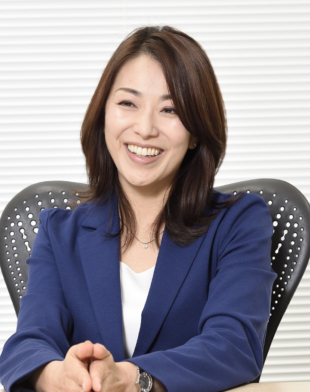
Attended high school and university in New York after having spent her childhood in Islamabad, Hong Kong, Jakarta, Washington D.C., Yokohama, Khartoum and Canberra. She currently serves in key positions at several private education institutions as director of Global Education Division at Sapix Yozemi Group, executive director at Best Teacher Co. Ltd., and CEO of Triple Alpha LLC, while raising three children with her husband, Toshiro Takamiya, CEO of Sapix Yozemi Group.
This page is sponsored by Sapix Yozemi Group.



